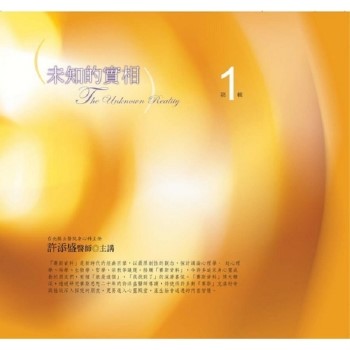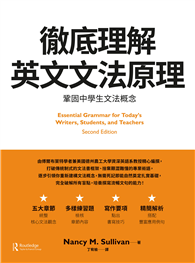Rookwood is a novel by William Harrison Ainsworth published in 1834. It is a historical and gothic romance that describes a dispute over the legitimate claim for the inheritance of Rookwood Place and the Rookwood family name.Ainsworth began to develop the idea of writing a novel in 1829. In a letter to James Crossley during that May, Ainsworth inquired about information about Gypsies and eulogies. By 1830, he began to work for the Fraser’s Magazine and was with the magazine when he started writing Rookwood in 1831. A preface to the 1849 edition of the novel discusses the origins and development of the novel: [1] "During a visit to Chesterfield, in the autumn of the year 1831, I first conceived the notion of writing this story. Wishing to describe, somewhat minutely, the trim gardens, the picturesque domains, the rook-haunted groves, the gloomy chambers, and gloomier galleries, of an ancient Hall with which I was acquainted.The plot of the novel takes place in England, 1737. At a manor called Rookwood Place, there existed a legend claiming that a death would follow after a branch of an ancient tree would break. After a branch does fall from the tree, Piers Rookwood, the owner, dies. It is revealed to Luke Bradley that he was the son, and thus heir, of Piers Rookwood[5] along with the fact that Piers Rookwood murdered Bradley’s mother. This knowledge comes to Bradley while he stands near his mother’s coffin, which falls and opens at the moment of revelation.[6] During the fall, it is revealed that she was wearing a wedding ring, which proves that Bradley was not an illegitimate heir. However, the whole incident was put together by Peter Bradley, the boy’s grandfather. At the same time, Rookwood’s wife, Maud Rookwood, puts forth her own schemes to ensure that her son, Ranulph Rookwood, is able to claim the inheritance for himself
| FindBook |
有 1 項符合
Rookwood. By: William Harrison Ainsworth (NOVEL ) a historical and gothic romance (Illustrated) by: George Cruikshank and Sir John G的圖書 |
 |
Rookwood. By: William Harrison Ainsworth (NOVEL ) a historical and gothic romance (Illustrated) by: George Cruikshank and Sir John G 作者:Ainsworth 出版社:Createspace Independent Publishing Platform 出版日期:2017-04-14 語言:英文 規格:平裝 / 298頁 / 25.4 x 20.32 x 1.57 cm / 普通級/ 初版 |
| 圖書館借閱 |
| 國家圖書館 | 全國圖書書目資訊網 | 國立公共資訊圖書館 | 電子書服務平台 | MetaCat 跨館整合查詢 |
| 臺北市立圖書館 | 新北市立圖書館 | 基隆市公共圖書館 | 桃園市立圖書館 | 新竹縣公共圖書館 |
| 苗栗縣立圖書館 | 臺中市立圖書館 | 彰化縣公共圖書館 | 南投縣文化局 | 雲林縣公共圖書館 |
| 嘉義縣圖書館 | 臺南市立圖書館 | 高雄市立圖書館 | 屏東縣公共圖書館 | 宜蘭縣公共圖書館 |
| 花蓮縣文化局 | 臺東縣文化處 |
|
|
圖書介紹 - 資料來源:博客來 評分:
圖書名稱:Rookwood. By: William Harrison Ainsworth (NOVEL ) a historical and gothic romance (Illustrated) by: George Cruikshank and Sir John G
|











